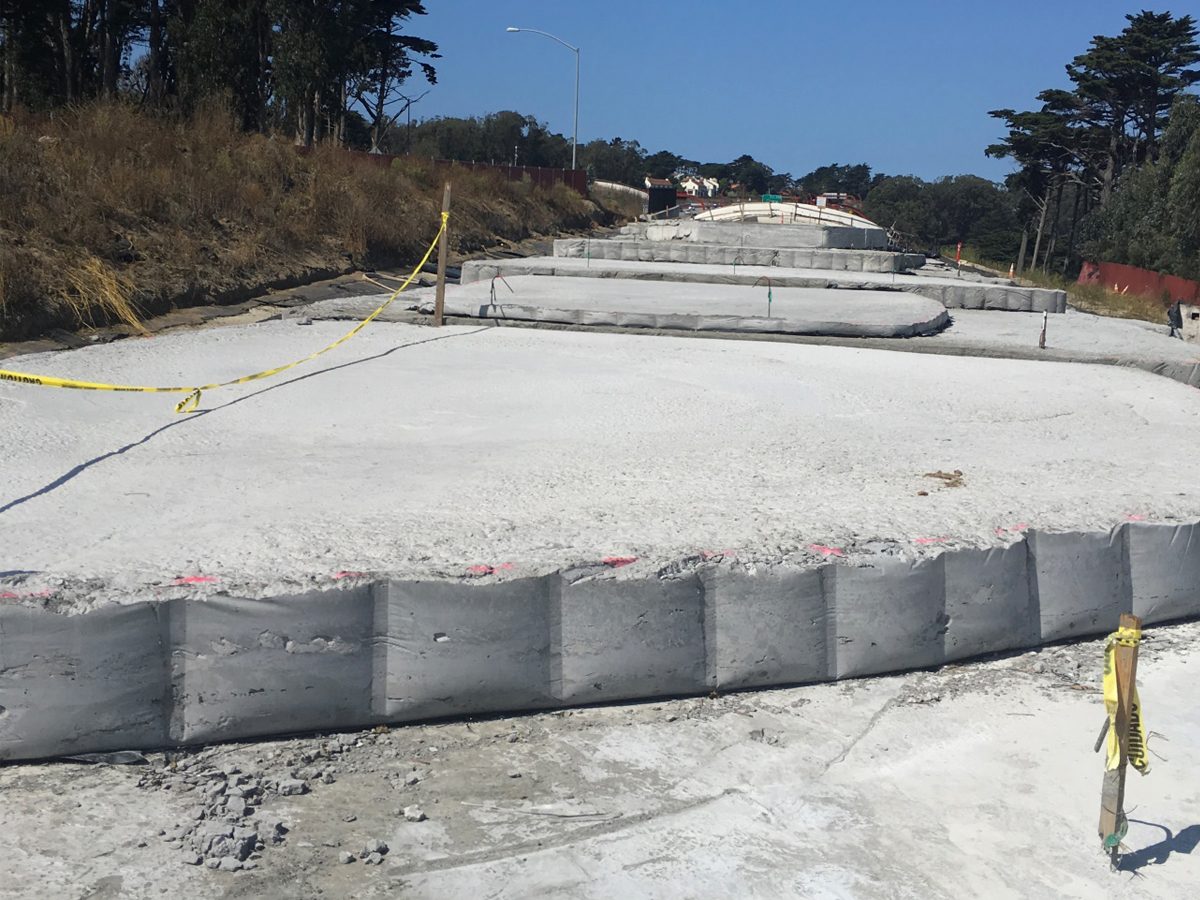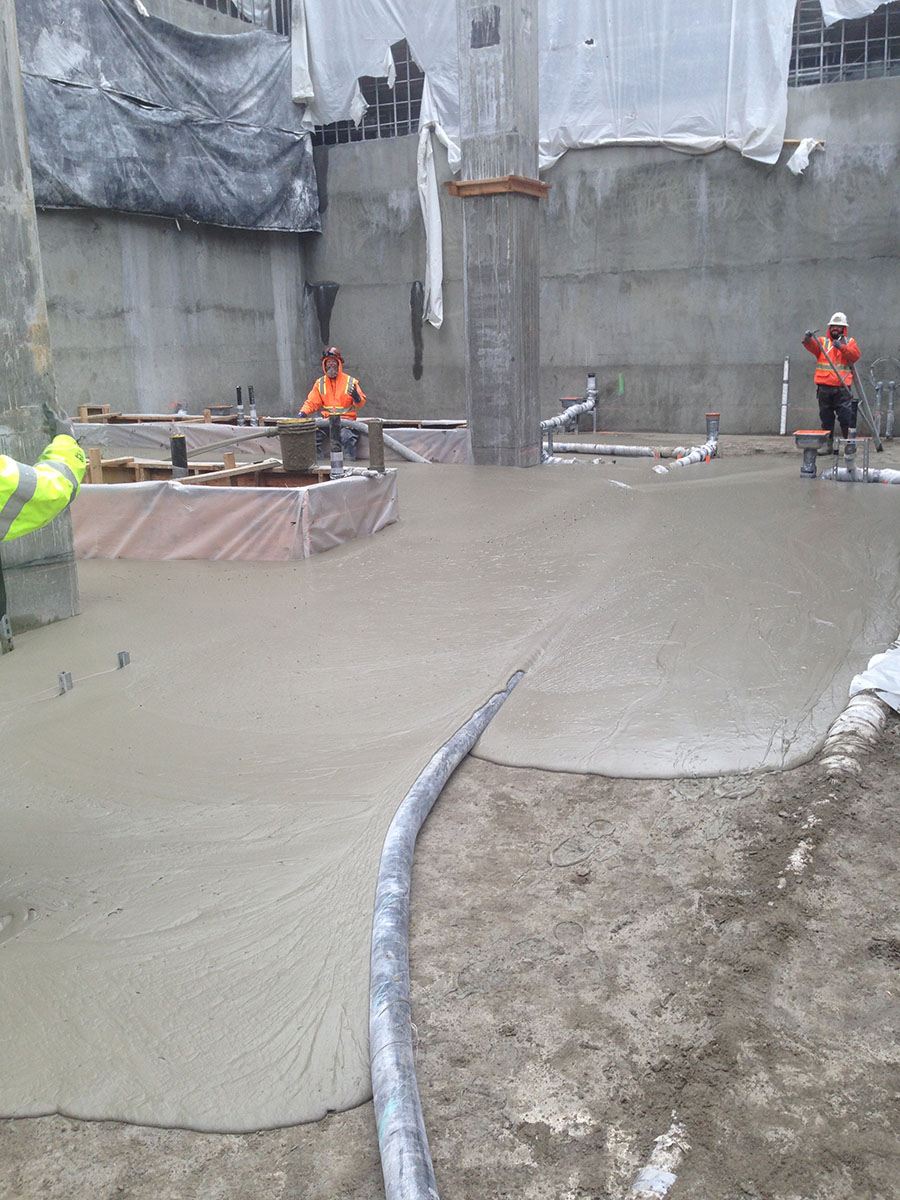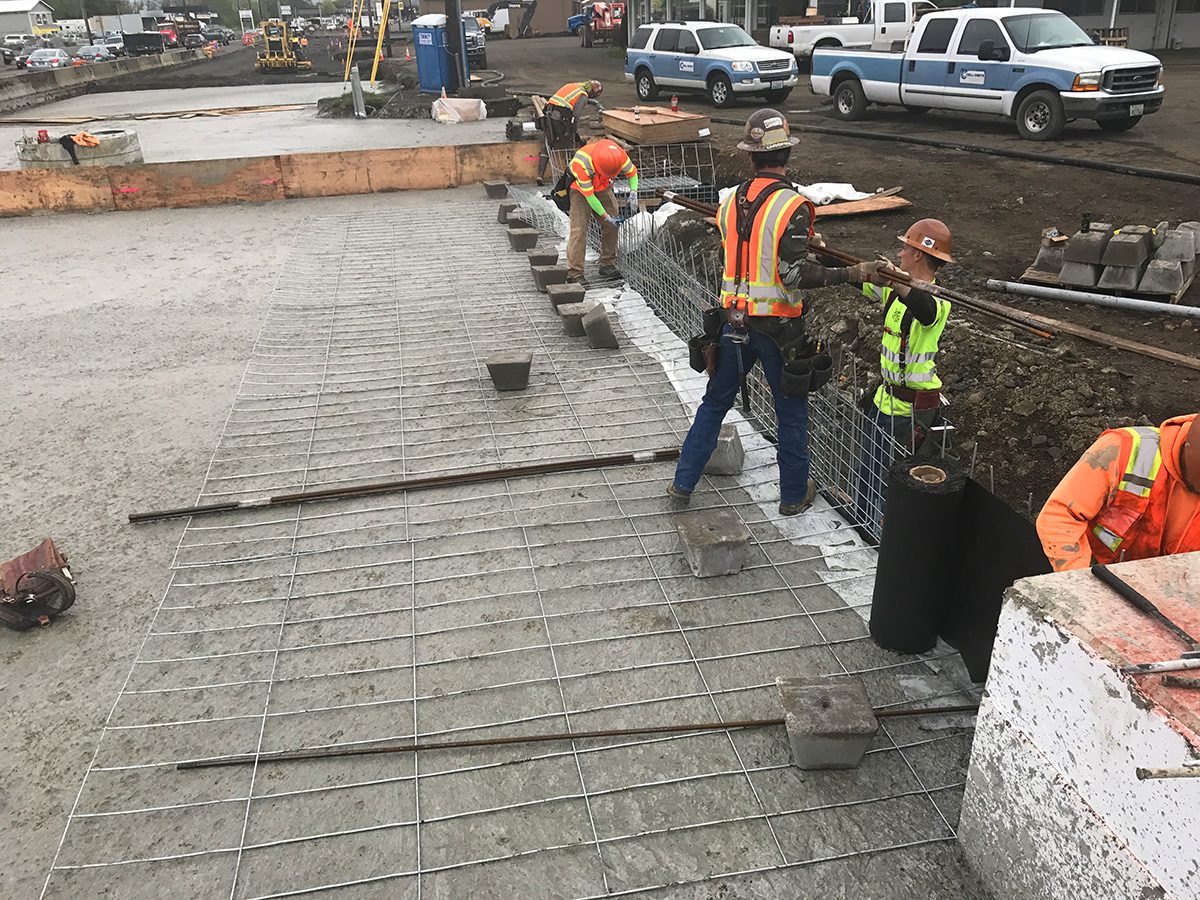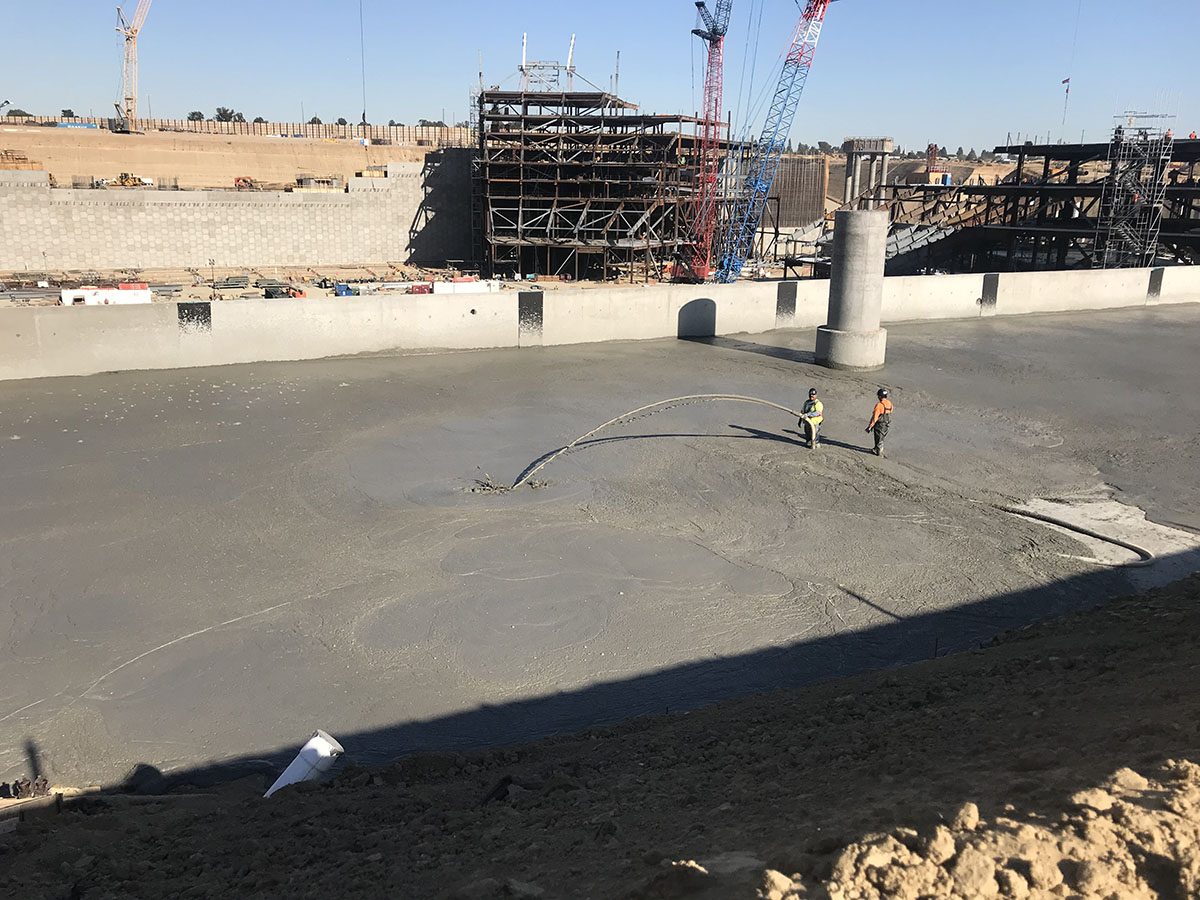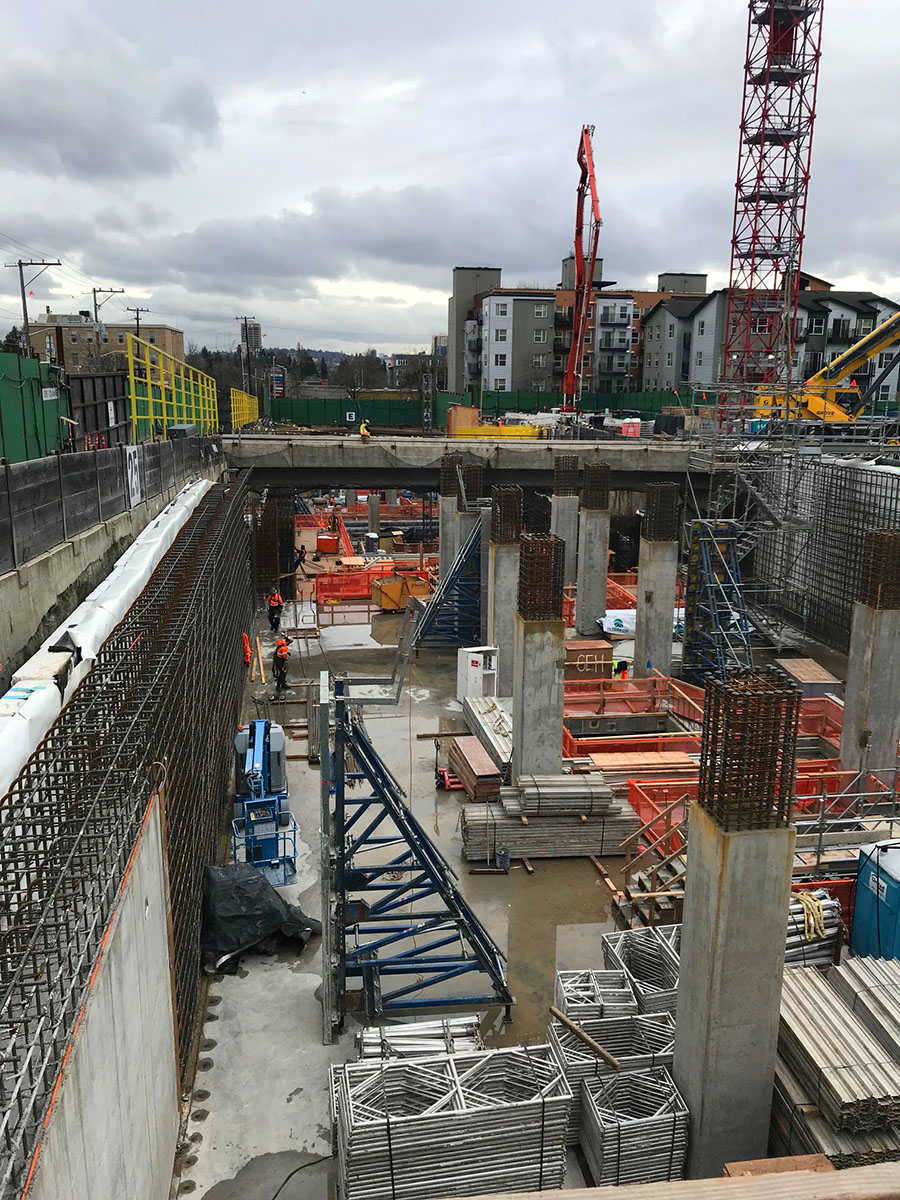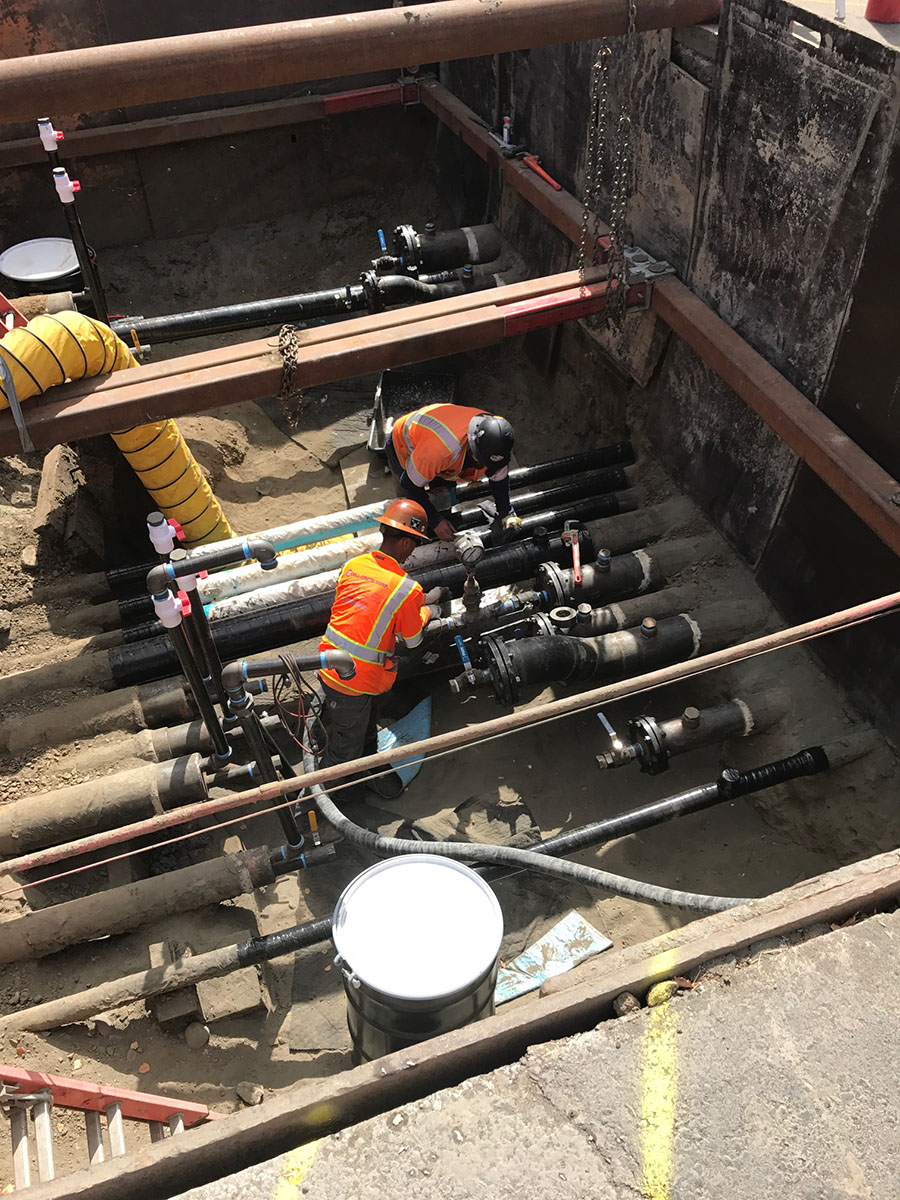Doyle Drive Tunnel Roof Fill, San Francisco, CA
About The Project
PROJECT LOCATION
San Francisco, California
CLIENT
California Department of Transportation (Caltrans)
COMPLETION DATE
2017
Caltrans was concerned about the fill load on the tunnel roof of Doyle Drive on Highway 101. Lightweight cellular concrete (LCC) was selected because it was lighter than natural fill and no compaction was needed.
The Solution
Cell-Crete Corporation was subcontracted to perform the tunnel roof fill job with 27 PCF (pounds per cubic foot) (40+PSI) LCC material.

